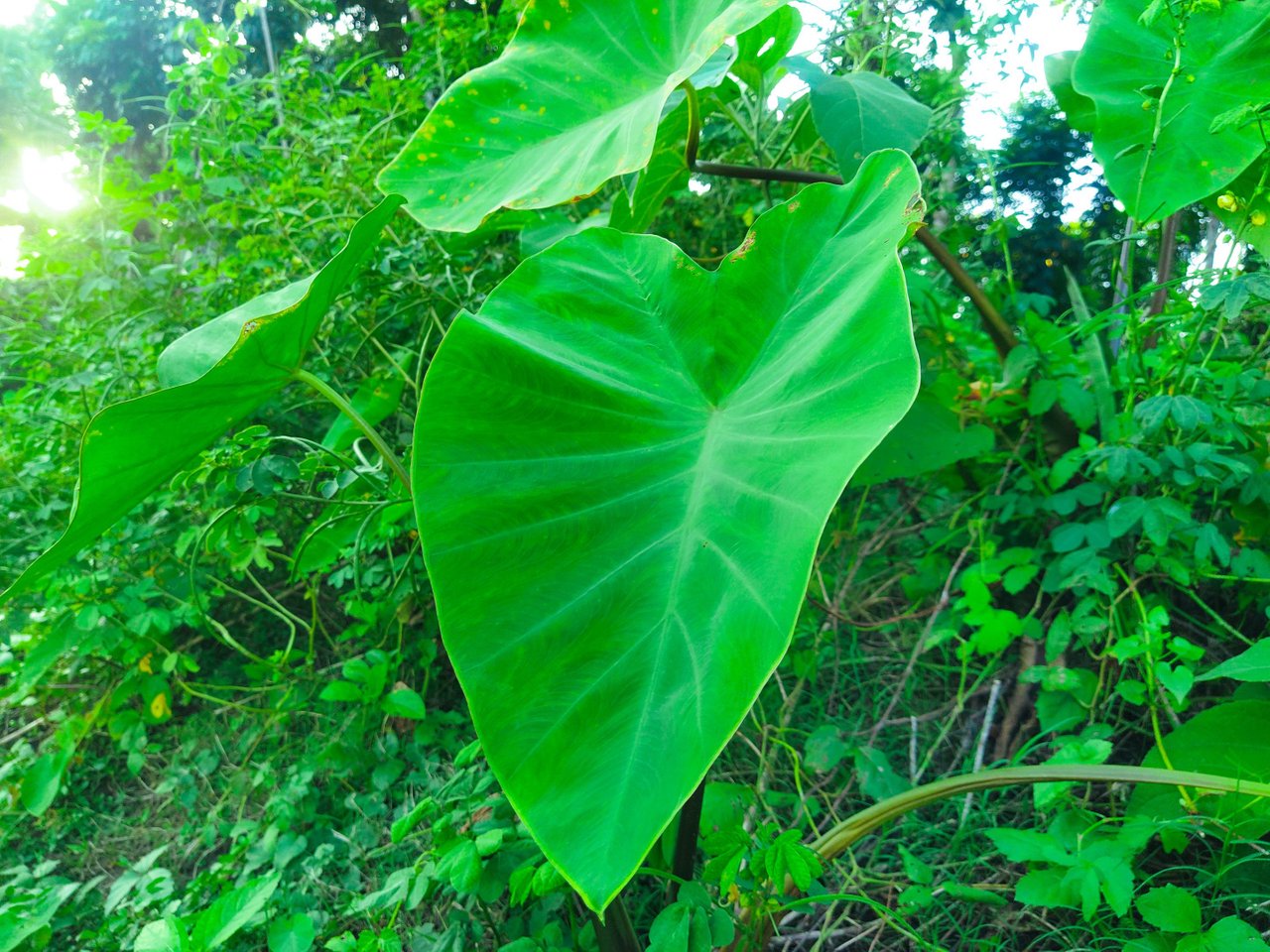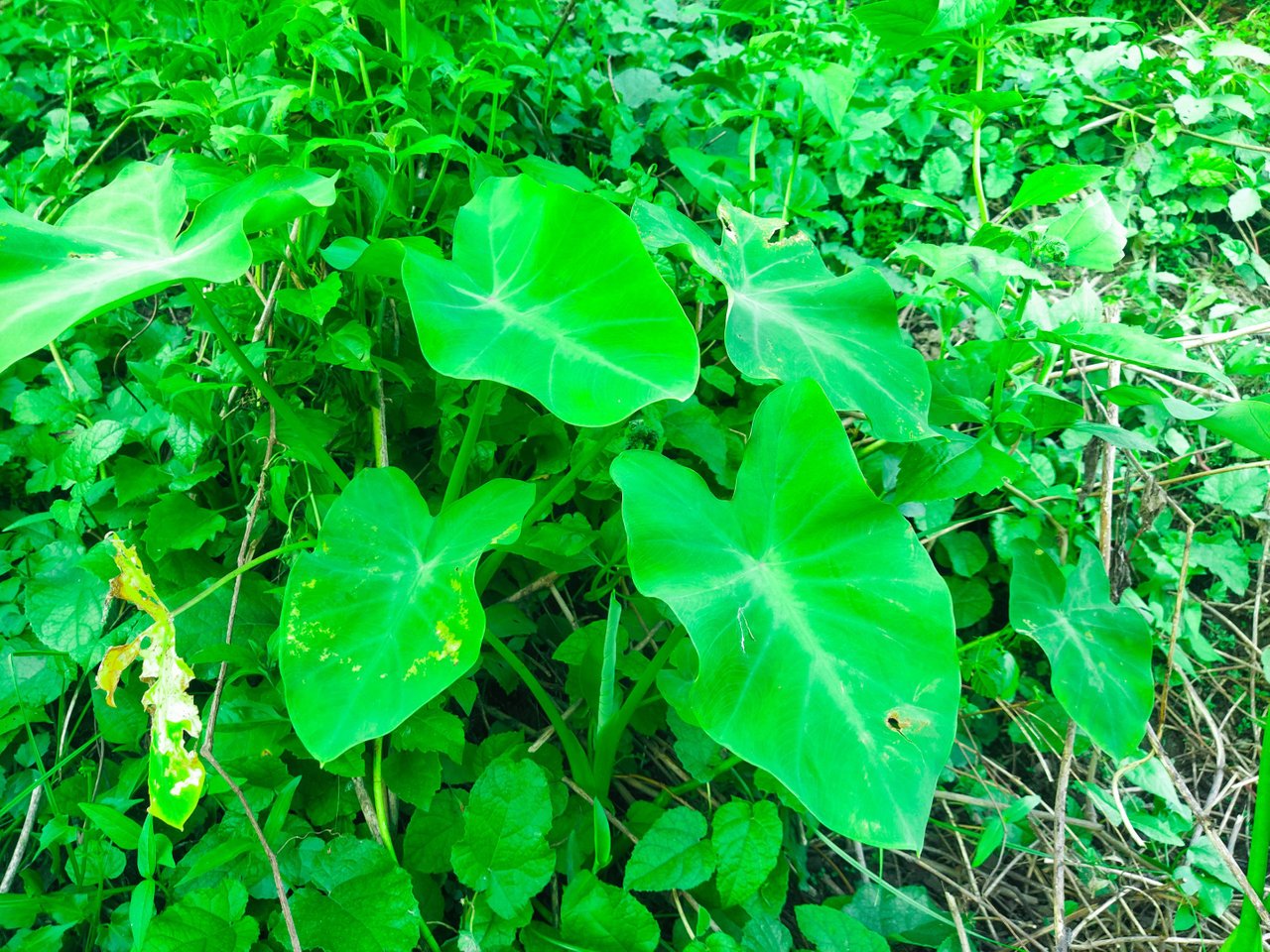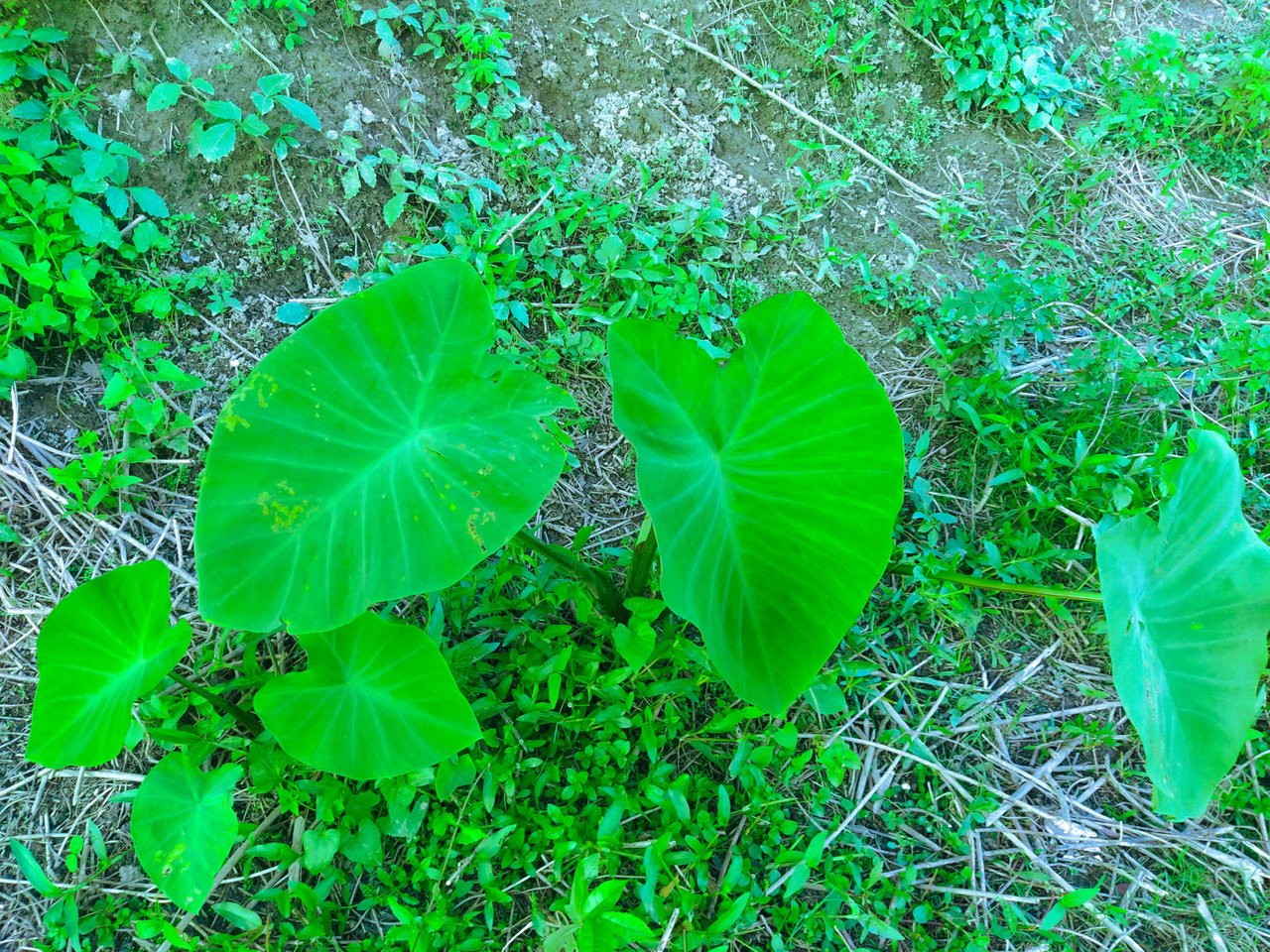Taro is a tropical root vegetable with origins in Asia, Africa and the Pacific islands. Also known as yuca or malanga, taro has been a staple crop for indigenous people for centuries. It's also gaining popularity among Western audiences as an alternative to potatoes and other starches. Red taro (also known as uhi or purple yam) is usually what comes to mind when thinking of taro. It's typically purple on the outside and white on the inside. Yellow taro, on the other hand, has yellow flesh inside and out. Both types are equally nutritious but have different flavors and textures. In this article, we’ll explore everything you need to know about taro including nutrition facts, cooking tips, health benefits and more!
Reference Source
Taro Nutrition Facts
Taro is a very nutritious food that can be a great addition to any diet. It is low in calories, fat and sodium, and is high in fiber, vitamins, minerals and protein. Taro also contains a number of phytonutrients and antioxidants including kaempferol, quercetin and myricetin. Here are some nutrition facts related to taro: Grams / 145 grams Grams / 1 cup (cooked) Calories / 35grams Calories / 1 cup (cooked) It has provided carbs 6 grams Protein, 4 grams, Fat less than 1 gram Fiber 3 grams Vitamin C 57% of the Daily Value (DV) Vitamin A 34% of the DV Potassium 14% of the DV Folate 17% of the DV Calcium 13% of the DV Iron 10% of the DV Magnesium 7% of the DV Phosphorus 6% of the DV
Reference
Taro Nutrition
Here are some key nutrients in taro: Carbohydrates - Taro has a low glycemic index, which makes it an excellent source of complex carbohydrates. These carbs have a greater texture, taste and aroma than refined white potatoes. Taro also contains more fiber, Vitamin B and minerals than potatoes. Fats - Taro contains very little fat, so it is considered a low-fat food. Protein - Taro is a good source of protein, especially for vegetarians who may want to take in more protein in their diet. Plus, it's rich in amino acids, which are needed to build muscle. Vitamins - Taro is a good source of vitamins such as Vitamin C, Vitamin B1, Vitamin B2, Vitamin B3 and Vitamin B6. Minerals - Taro is a good source of minerals such as Potassium, Phosphorus, Iron, Zinc and Copper.
Cooking Tips for Taro
When preparing taro, it's important to cook it long enough to break down its tough fibers. Taro doesn't have to be peeled before cooking, but it does have a very strong flavor that can come through in dishes if it's not cooked long enough. Here are some tips for cooking taro: - Select a taro that has a clean, dry surface free of blemishes. - Use taro as a substitute for potatoes in any recipe. - Cook taro slowly in simmering water or steam it until it is soft enough to mash or puree. - Don't overcook taro as it will become too soft and mushy. There are other methods of cooking taro. Both the roots and leaves of kmtaro can be cooked. These are the ways to cook taro
Taro Cake ,Taro Ice Cream ,Instant Pot Taro Root Taro is so healthy and low calories food.
Benefits of Taro
Taro is a very nutritious food with a plethora of health benefits. It's low in calories, fat and sodium, and high in fiber, vitamins, minerals and protein. Taro is also a good source of vitamins, minerals and antioxidants. Let's take a look at some of the most important health benefits of taro: - Taro is a very low-calorie food. One cup of cooked taro contains a mere 35 calories. - Taro is high in dietary fiber, which has been shown to lower blood pressure and cholesterol. - Taro is rich in antioxidants, which have been linked to a reduced risk of cancer and improved overall health. - Taro is a good source of Vitamin C and Potassium. Vitamin C is an important water-soluble vitamin that helps maintain healthy bones, blood vessels, muscles and nerves. Potassium is an essential mineral that encourages heart health.
Side Effects of Eating Taro
Though there are many benefits to eating taro, there are also some potential negative side effects. Taro is known to sometimes cause digestive issues in those who eat it. Those with allergies to taro are advised to avoid it as they may experience a range of adverse reactions including itching, rashes, nausea and difficulty breathing.
Final Words
Taro is a very nutritious food with a variety of health benefits. It's a low-calorie food that is high in fiber, vitamins and minerals. Taro is also a good source of antioxidants, Vitamin C and Potassium. When cooking taro, be sure to cook it long enough to break down its tough fibers. Taro can be enjoyed in a variety of dishes and is a great way to add more nutrients to your diet. With so many benefits, taro is a food worth trying.

It's my pleasure to introduce myself. I'm SHEIKH from Bangladesh.Recently I have passed my semester final Deploma in Textile and Now I want to BSC a private university.I wish that I study together with the job.Textile and Garments job is so hard that is not possible to continue study and job so i want to do something on online. That why i am come here.I have a 6 members in my family. I have a. Two brothers and one sister and also parents.My father is a business man. My mother is a housewife and brother are doing job and sisters studying.
My favorite game football but till a long time I can't play it because I don't get time to play and also my health condition is not good.
My favorite Food Biryani and Meat and Khichuri.I like Jhal very much.My favorite Colors are Black and White.
My favorite activity is Photography, Crypto, English learning, Content Writing.......







